Alphabet Recognition Letter Recognition Worksheets for Ages 3-7
45 filtered results
-
From - To
Discover our engaging Alphabet Recognition Letter Recognition Worksheets designed specifically for children ages 3-7. These interactive printables foster early literacy skills by helping young learners identify and differentiate letters in a fun, hands-on manner. Each worksheet includes vibrant illustrations and stimulating activities tailored to captivate young minds. By utilizing our comprehensive resources, educators and parents can encourage letter recognition and boost confidence in early reading. Ideal for preschool and kindergarten settings, our worksheets cater to various learning styles to ensure every child thrives in their educational journey. Start building a solid foundation for literacy today with our expertly crafted worksheets!
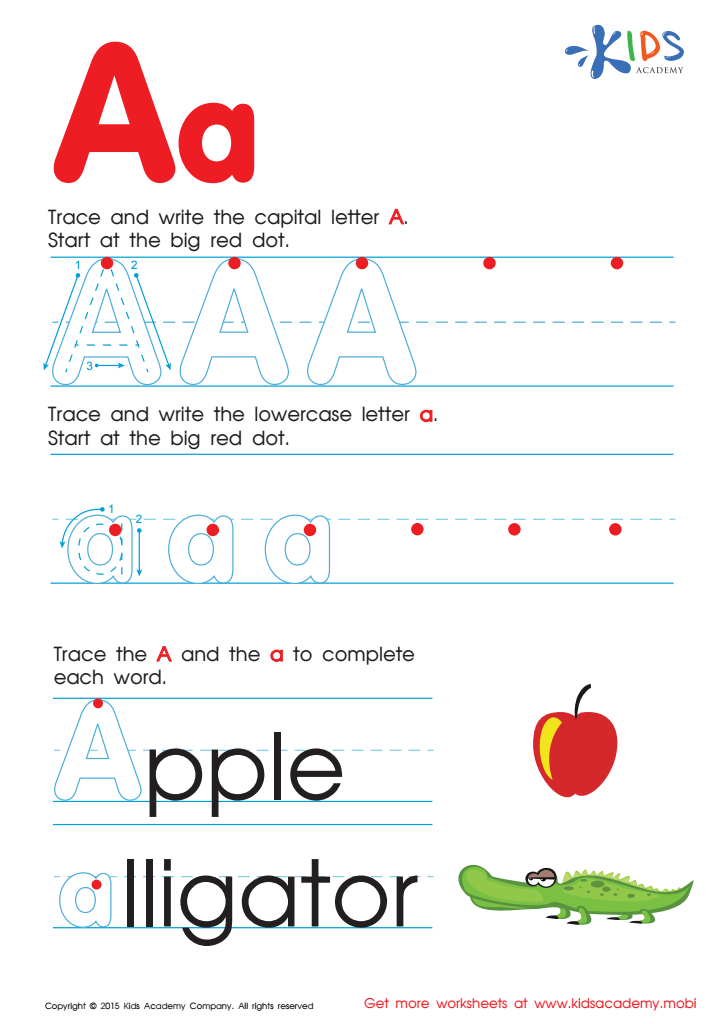

Letter A Tracing Page
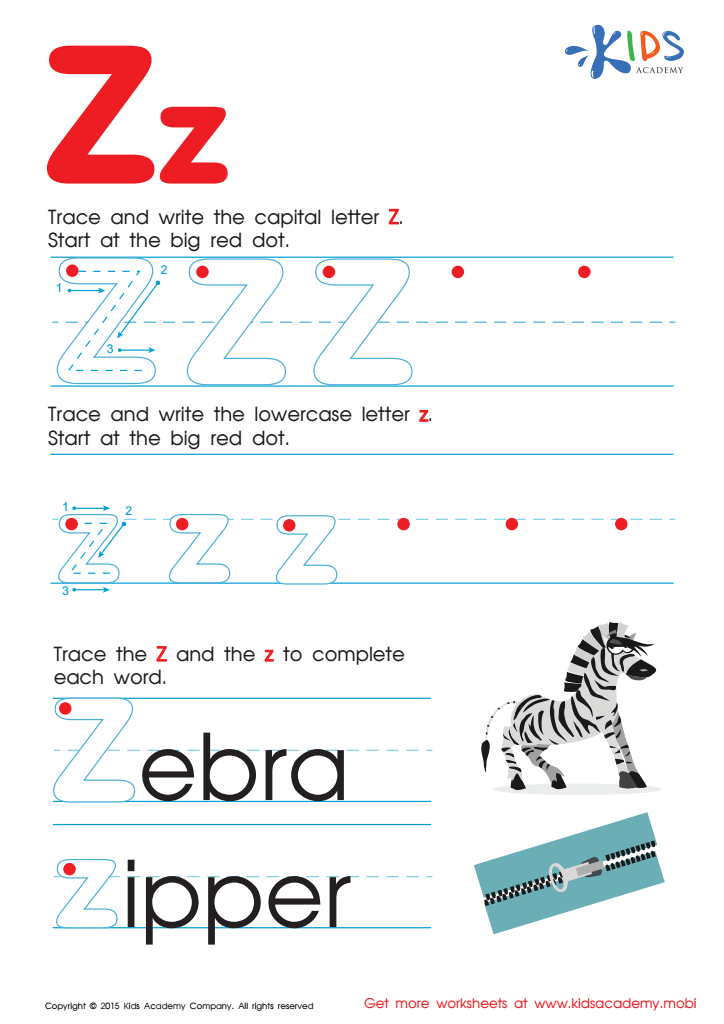

Letter Z Tracing Page


Letters J and K Tracing Worksheet
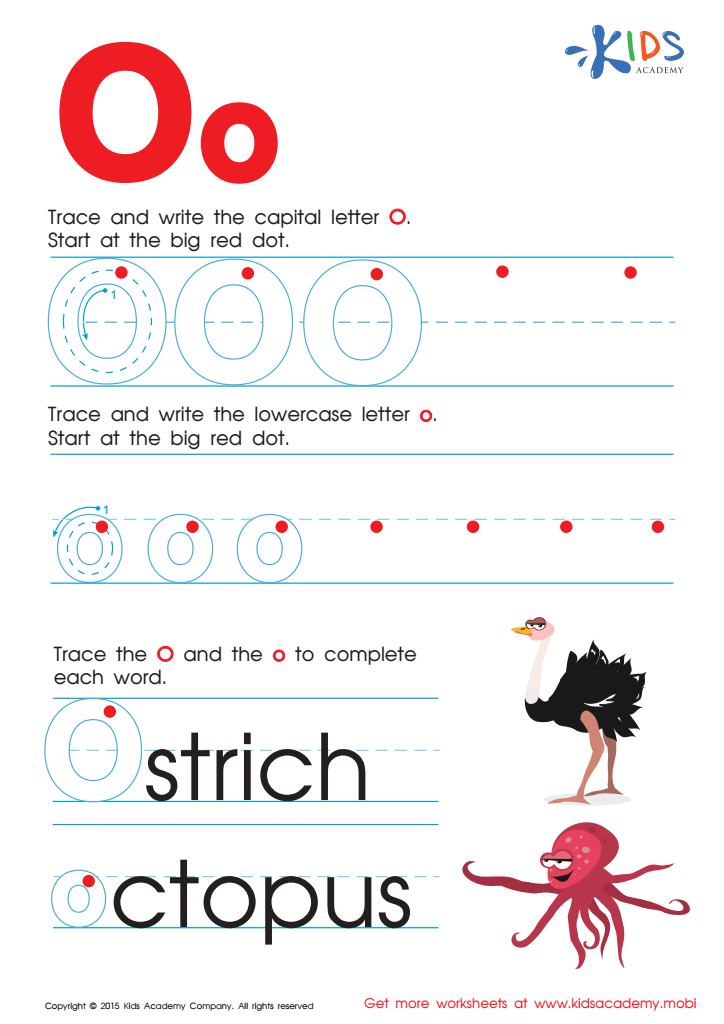

Letter O Tracing Page
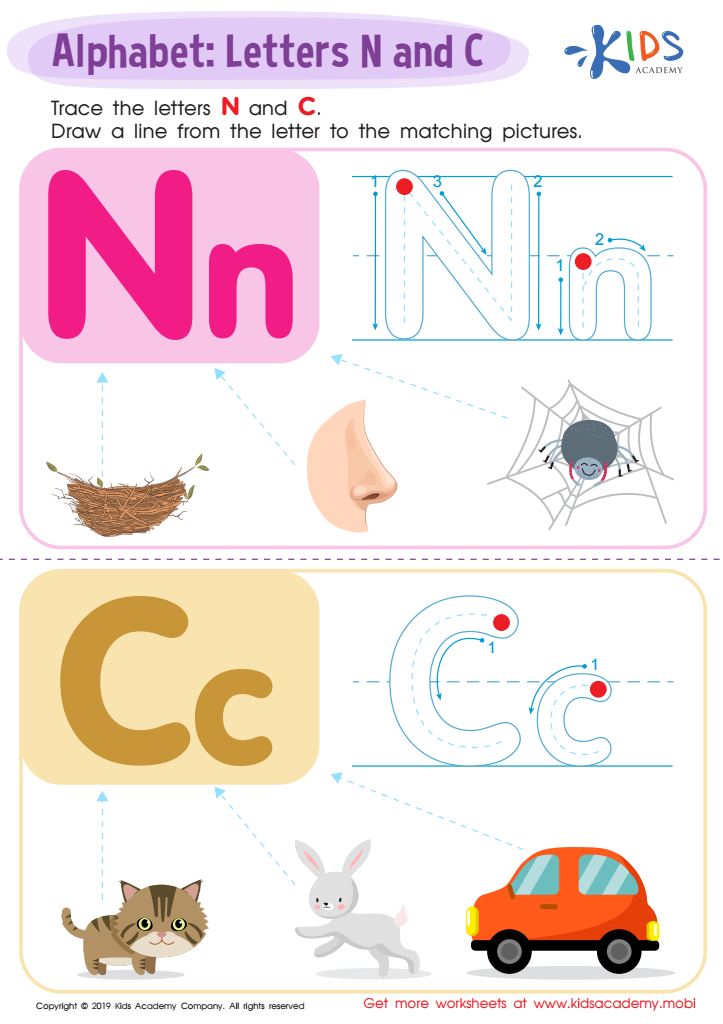

Letter N and C Tracing Worksheet
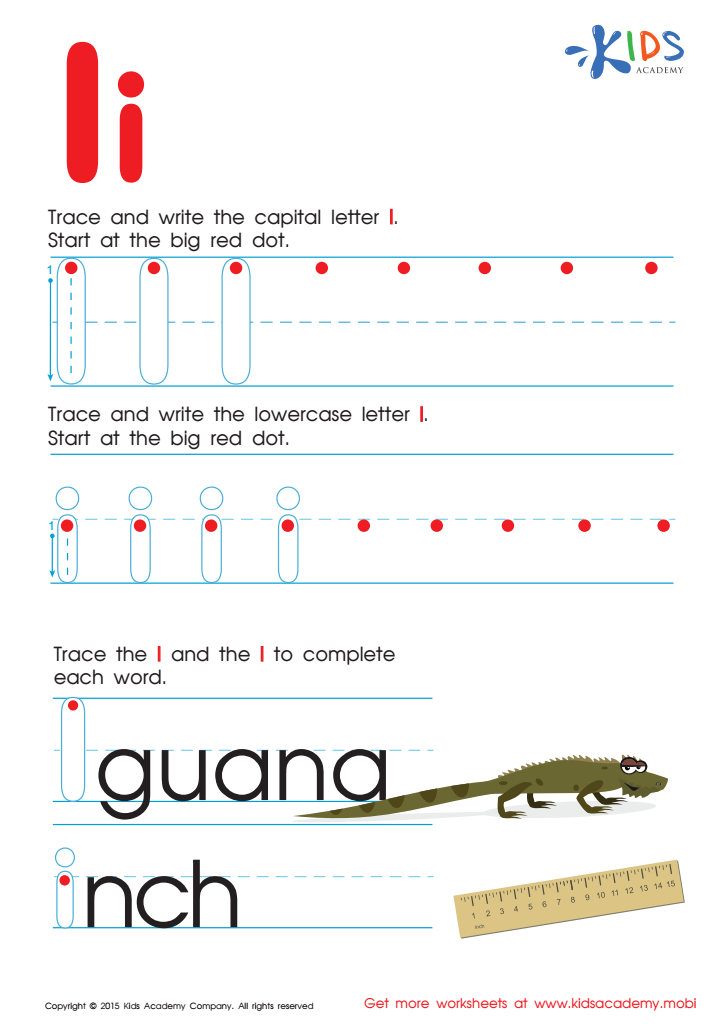

Letter I Tracing Page
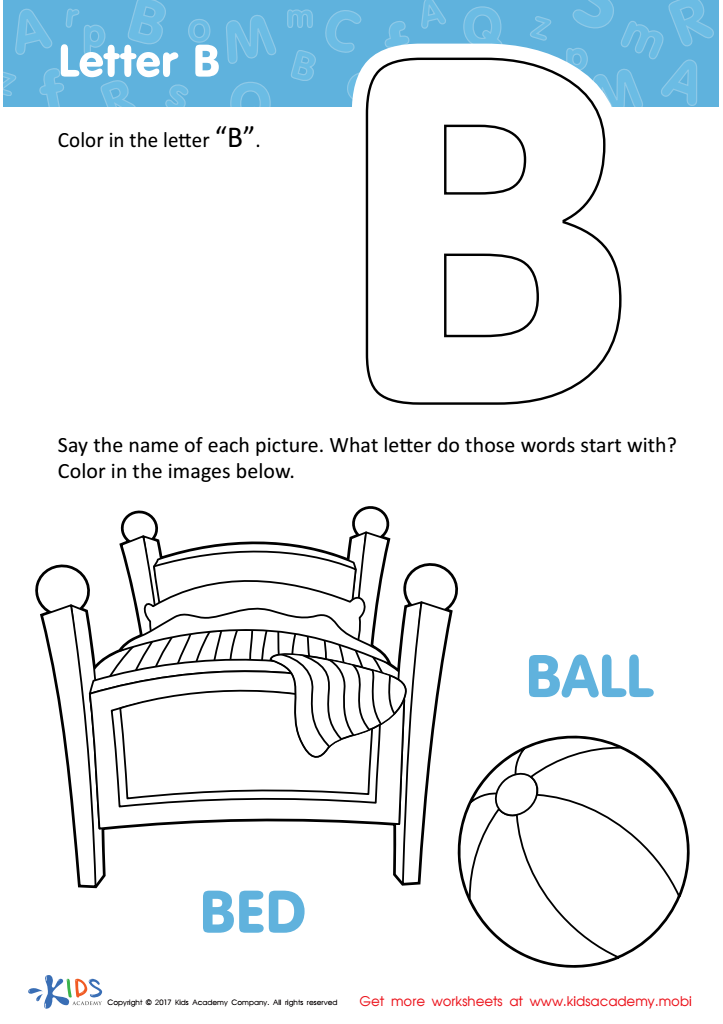

Letter B Coloring Sheet
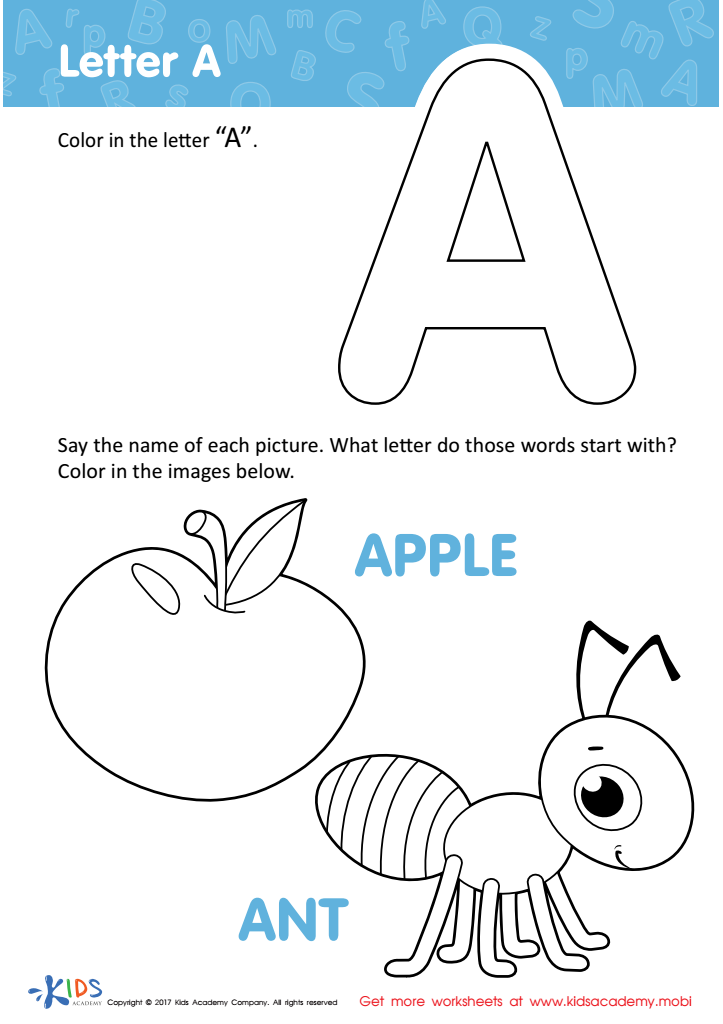

Letter A Coloring Sheet


Letter T Coloring Sheet


Letter M Coloring Sheet
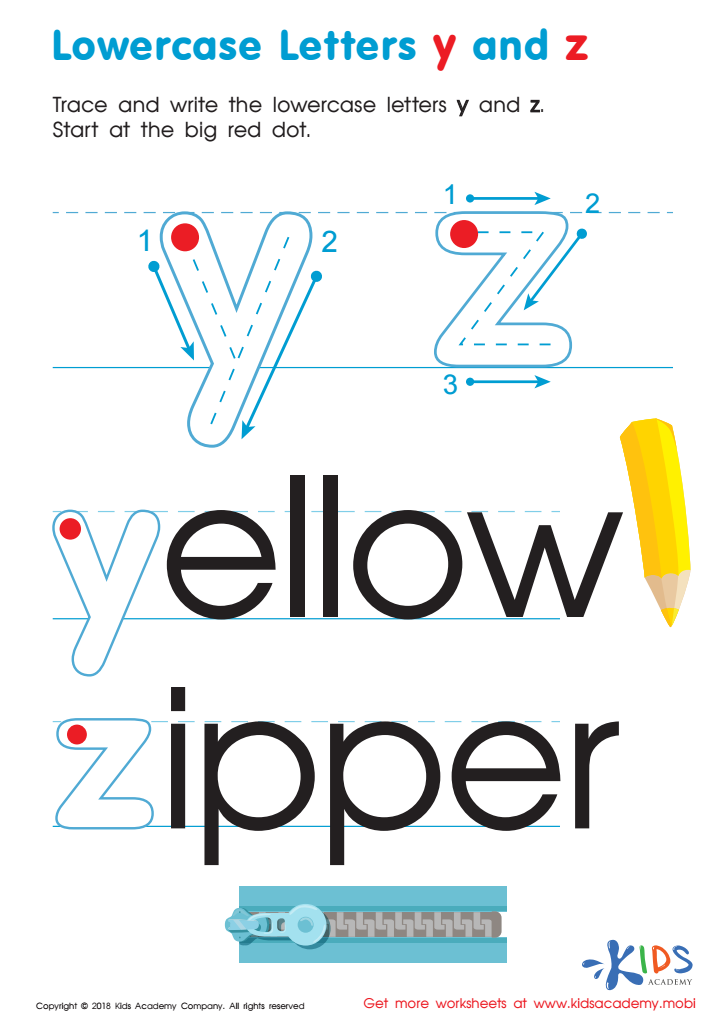

Lowercase Letters y z Worksheet
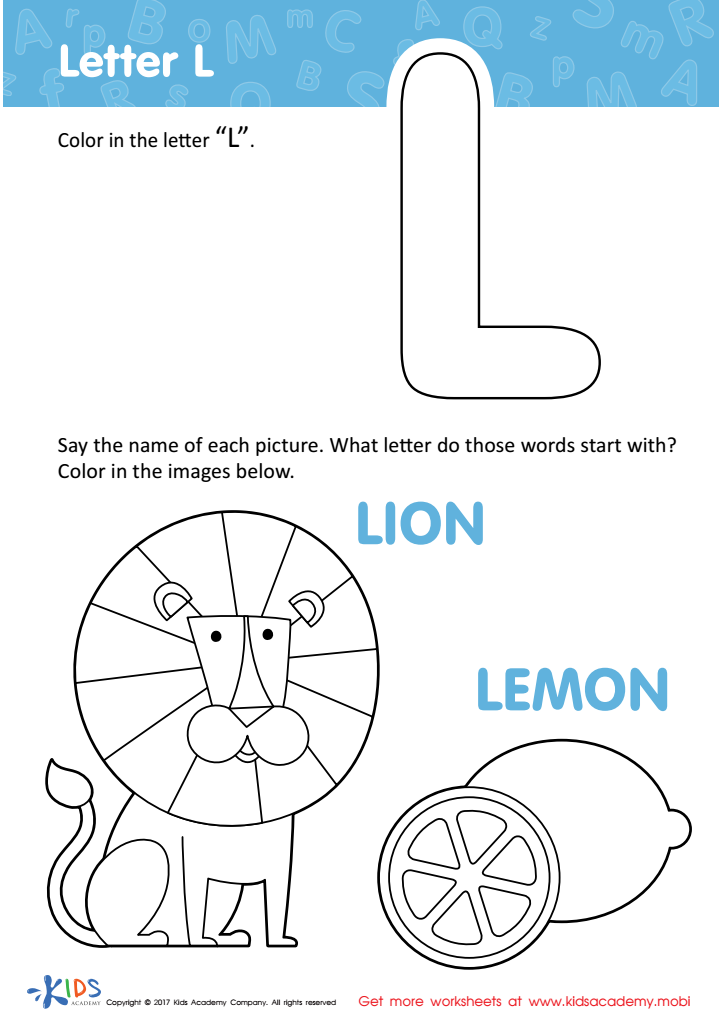

Letter L Coloring Sheet
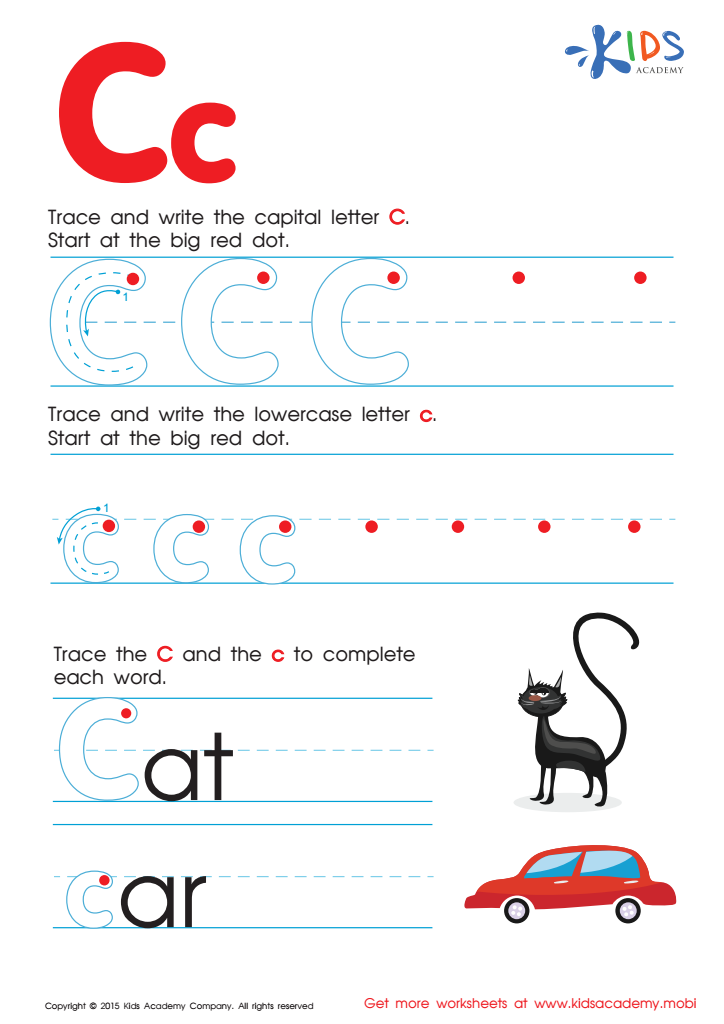

Letter C Tracing Page
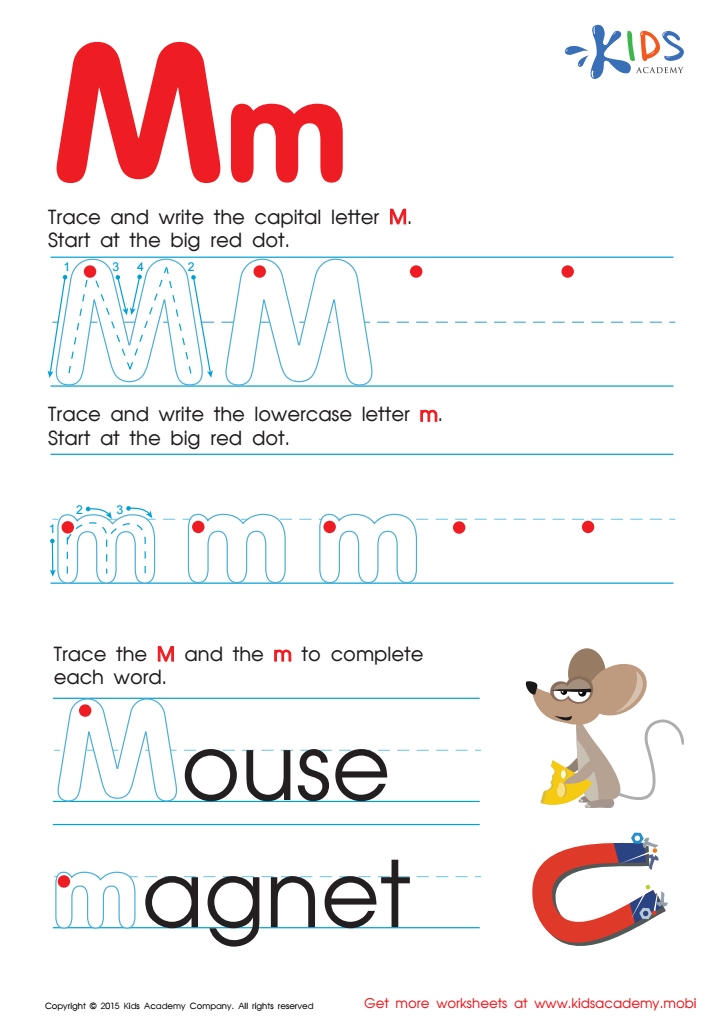

Letter M Tracing Page
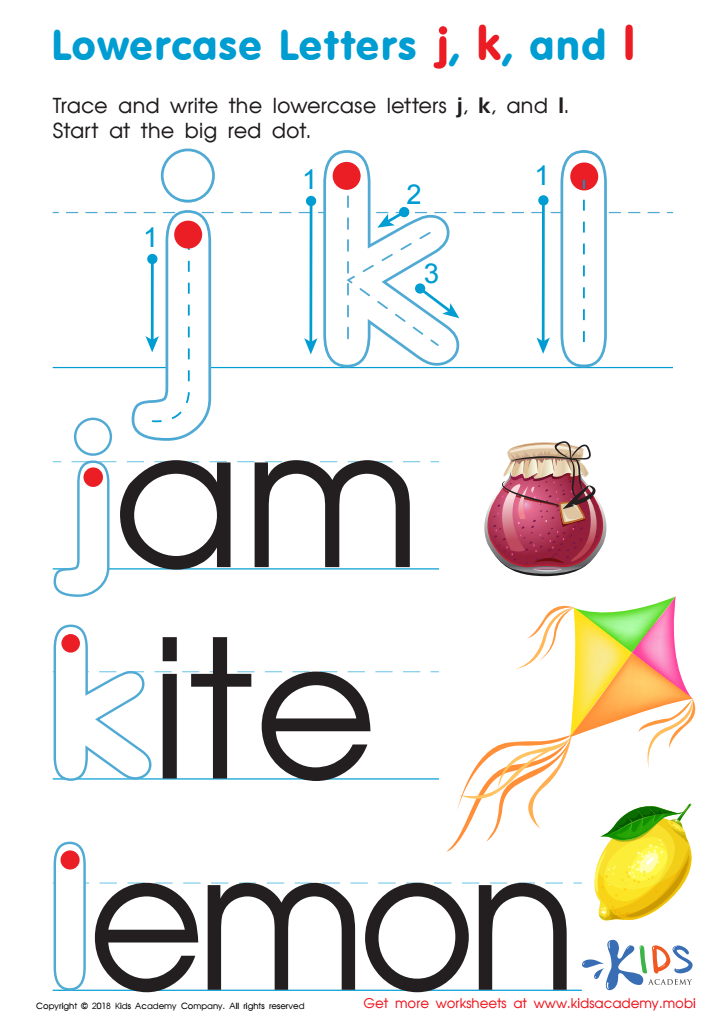

Lowercase Letters j k l Worksheet


Letter I Tracing Worksheet
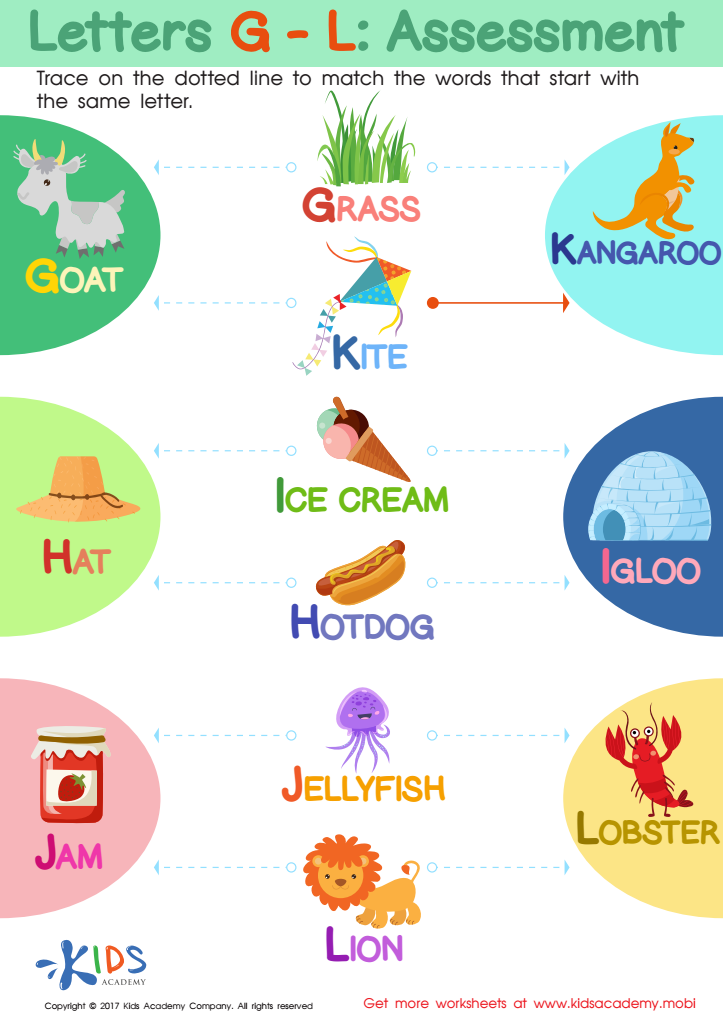

Letters G-L Worksheet
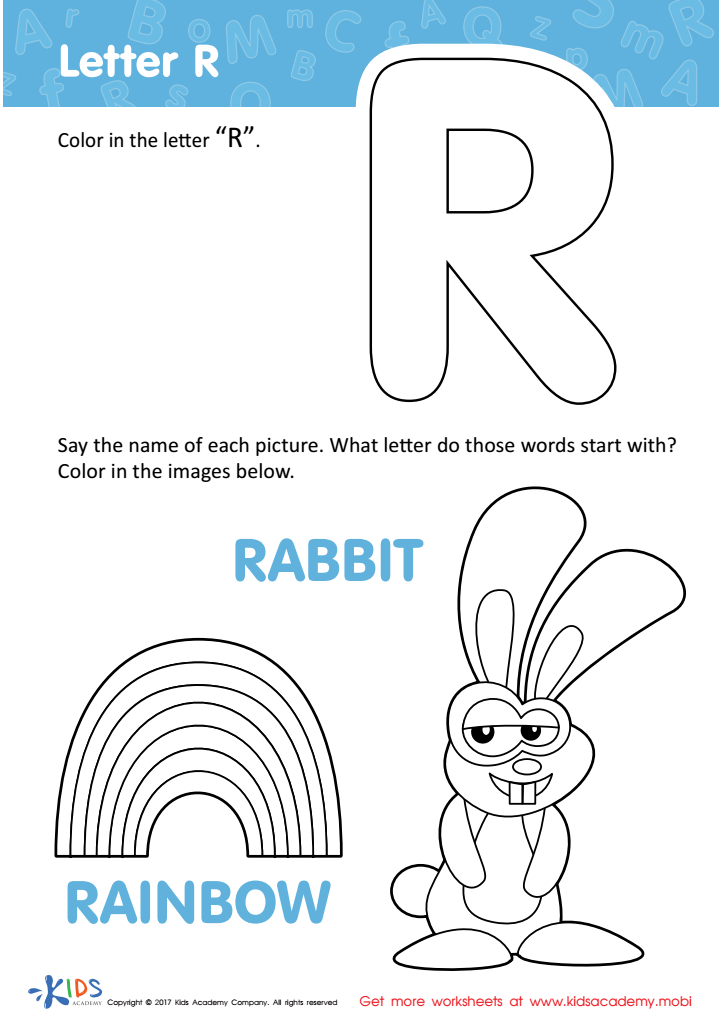

Letter R Coloring Sheet


Letter V Coloring Sheet
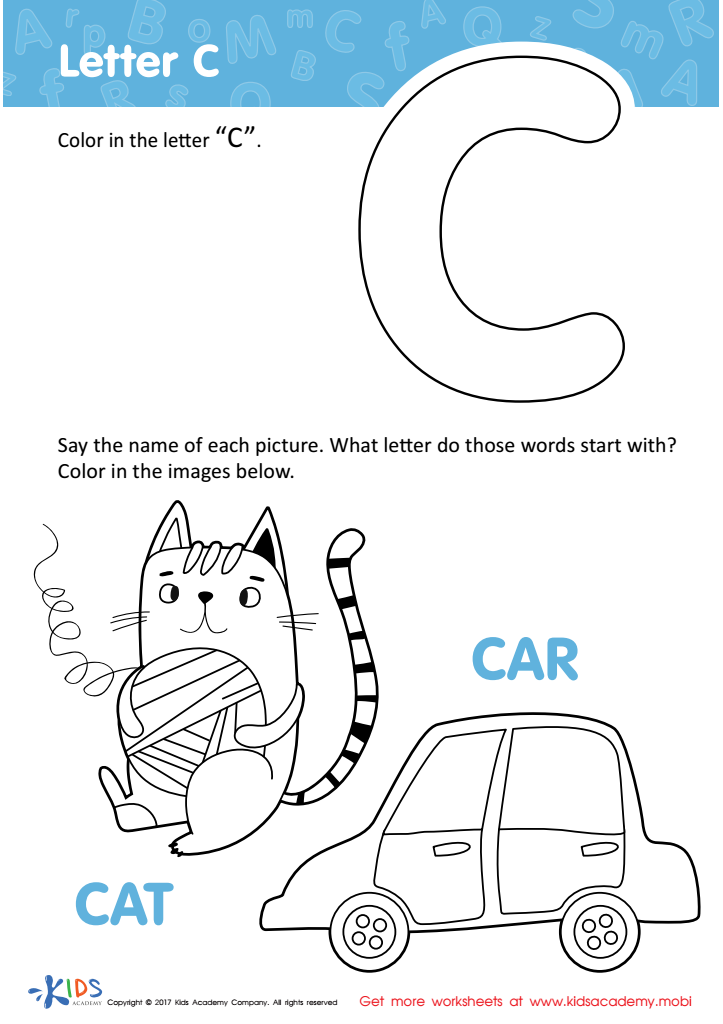

Letter C Coloring Sheet
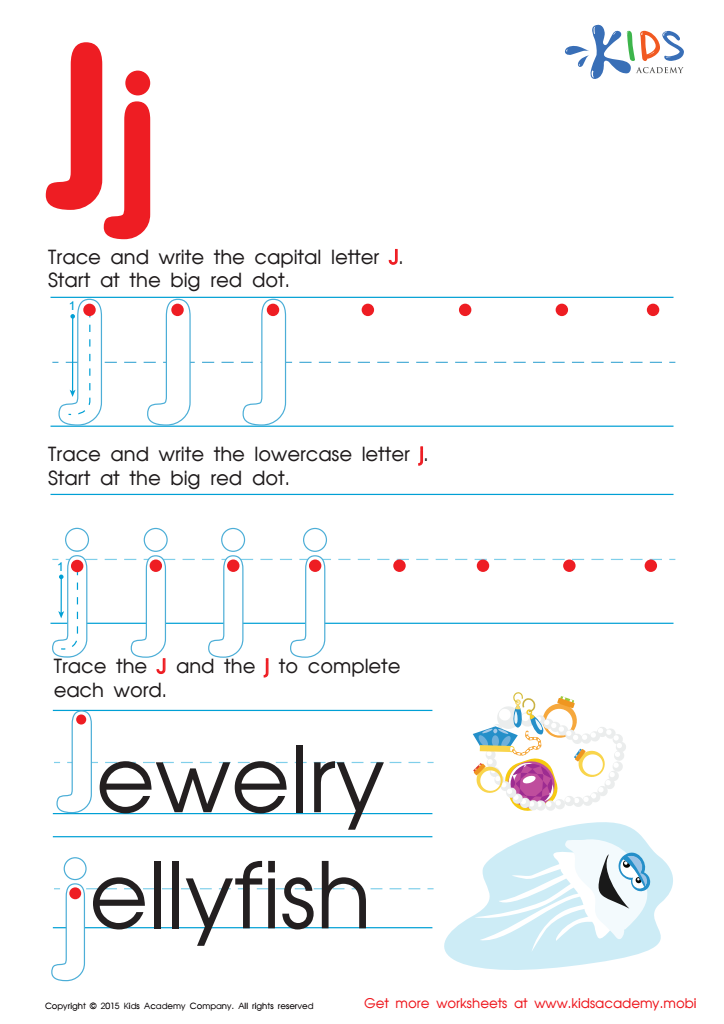

Letter J Tracing Page


Find Uppercase Letters P, Q, and R Worksheet


Letter D Coloring Sheet
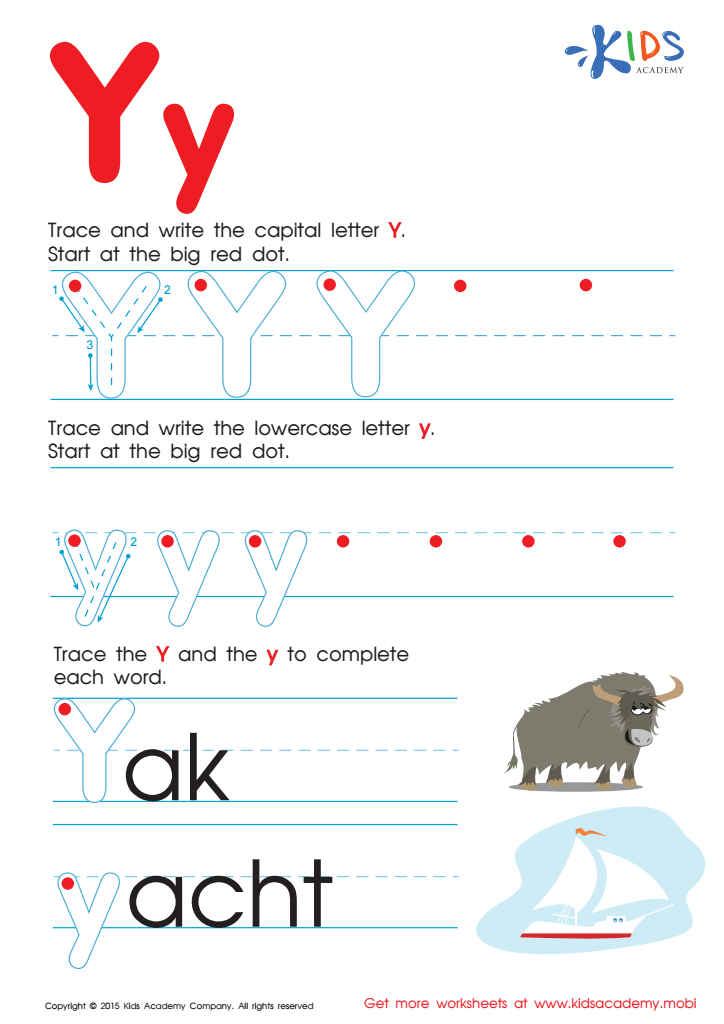

Letter Y Tracing Page
Alphabet recognition is a foundational skill essential for early literacy development in children aged 3-7. Parents and teachers should prioritize this skill because it lays the groundwork for reading and writing. Recognizing letters helps children understand that letters represent sounds, which is crucial for phonemic awareness—the ability to hear, identify, and manipulate individual sounds in spoken words.
When children can identify letters, they become more confident in their ability to encounter and decode written words, significantly enhancing their reading fluency and comprehension over time. Mastery of the alphabet also fosters vocabulary growth and better communication skills.
Moreover, alphabet recognition promotes cognitive development. Engaging with letters and sounds encourages critical thinking as children learn to associate letters with objects, actions, and concepts in their environment. This not only strengthens their language skills but also nurtures their creativity and imagination.
Additionally, early literacy experiences build positive attitudes towards learning. Children who recognize letters tend to be more engaged in classroom activities, fostering a love for books and reading that can last a lifetime. By emphasizing alphabet recognition, parents and teachers set children on a path to academic success and lifelong learning.

 Assign to My Students
Assign to My Students





















